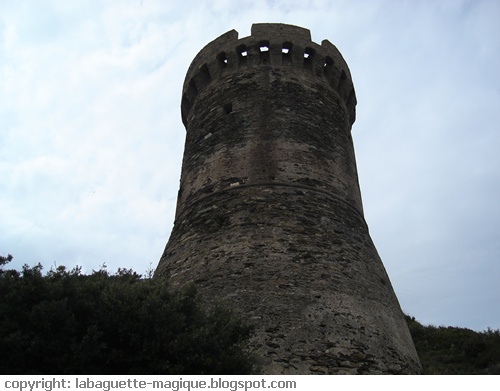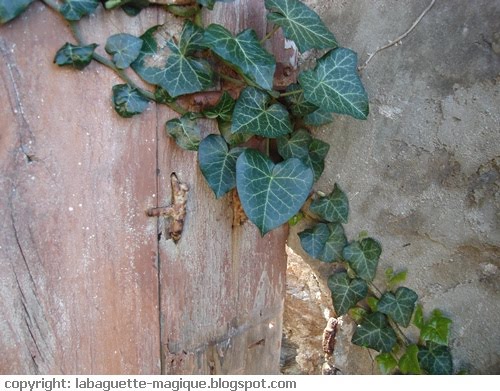
These include: the walled terraces found in the most inhospitable settings, the ingenious irrigation systems that channelled the precious water commodity from springs to culture fields and domestic gardens, the robust, expertly-built stone houses that have defied time and gravity, the now-ruined chapels that perpetrated faith to the most remote locations, the traces of prehistoric settlements, the paths (some of them now sadly lost for ever to overgrowth and general neglect) that were the veins of the land, connecting networks between the smallest of hubs and a fountain, a secluded church, a palazzu, a cluster of cultivated land parcels, a vantage point or a cove...
The relentless taming, shaping, claiming or reclaiming by man of most of the landscapes of Corsica helped sustain a pastoral and agricultural lifestyle, and testify the resilience of the local population, set against the influence of occupation, from successive waves of foreign rulers, invaders, friends or foes, and a spirit of protection against the dangers from the sea (the military towers that punctuate the coastline are a good illustration).

The (loosely-termed) Italian influence seems the most obvious one, but let us note more precisely Etruscan, Roman, Genoese, Tuscan influences, and remember that the island was even briefly under Neuhoff's rule (a German), and was also governed by English rule (1794-96). In passing, the ruined tower of Ste Marie (Santa Maria), at the Northern point of the Cape, is a result of Nelson's bombing it from sea!
Although I am familiar with only a small part of the island, namely the Northeastern part of the Cape, what I have witnessed here is a microcosm that encapsulates this pastoral and agricultural order, this organisational distribution of land. Although post-WWII modernity has brought more technological progress inland, it has also heralded the further erosion of the peasant/ fisherman society, echoing the decline seen elsewhere in Europe, and driven large expanses of cultivated land into fallow, before the inevitable shift: the land that once fed families and kept them on the island is progressively being turned into construction sites. When once upon a time a vineyard would have prospered on great grand-dad's piece of land, a house now stands, either built by our brave winemaker's descendants or by whichever family the descendants sold the land to.

In the sought-after areas of Costa Verde, Porto Vecchio, Calvi/ Lumio, and Ajaccio/ Propriano, construction on prime land has been more 'aggressive' as reflected by recent developments of hotels, shopping parades, apartment blocks, private or council housing estates, and villas, with promoters and end-consumers alike vying for that ultimate kick: the seaview, the exclusivity, the panorama, a snatch of your own private slice of paradise, from reasonable to hardly affordable... (to be continued)

No comments:
Post a Comment